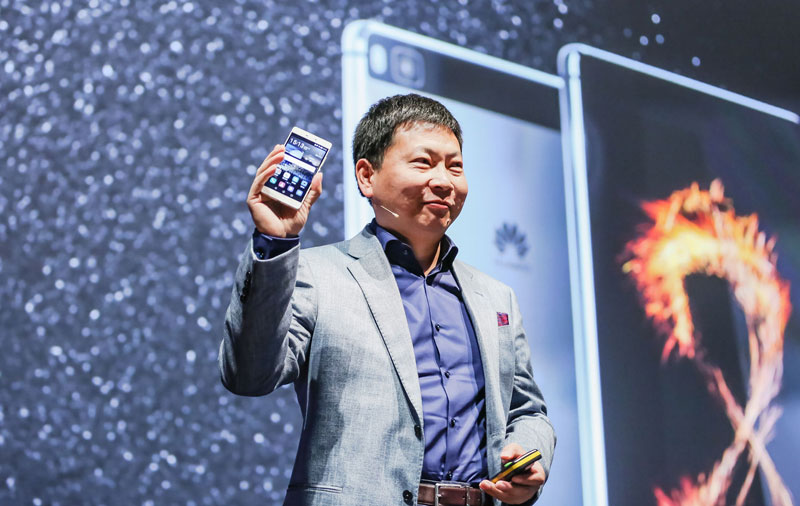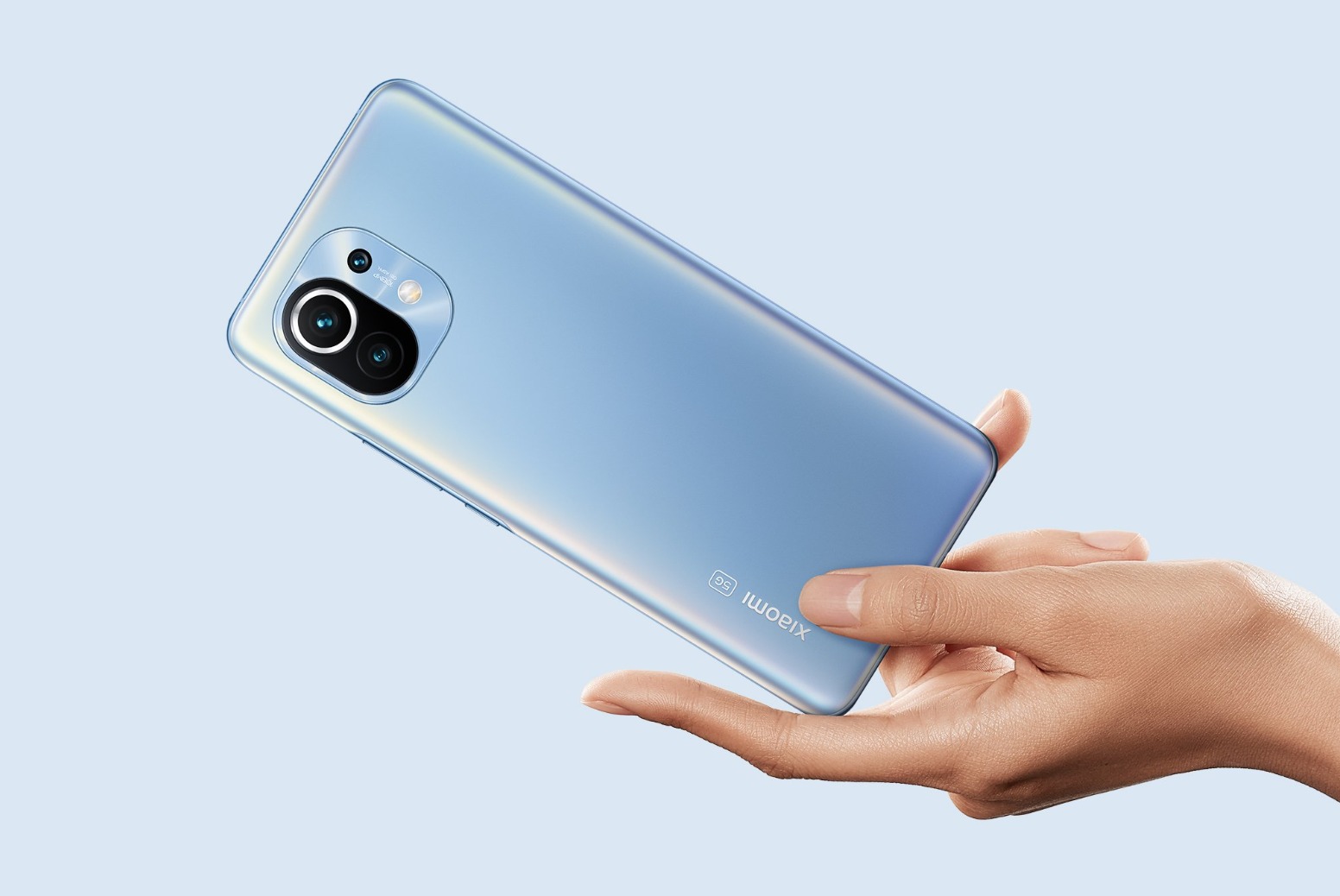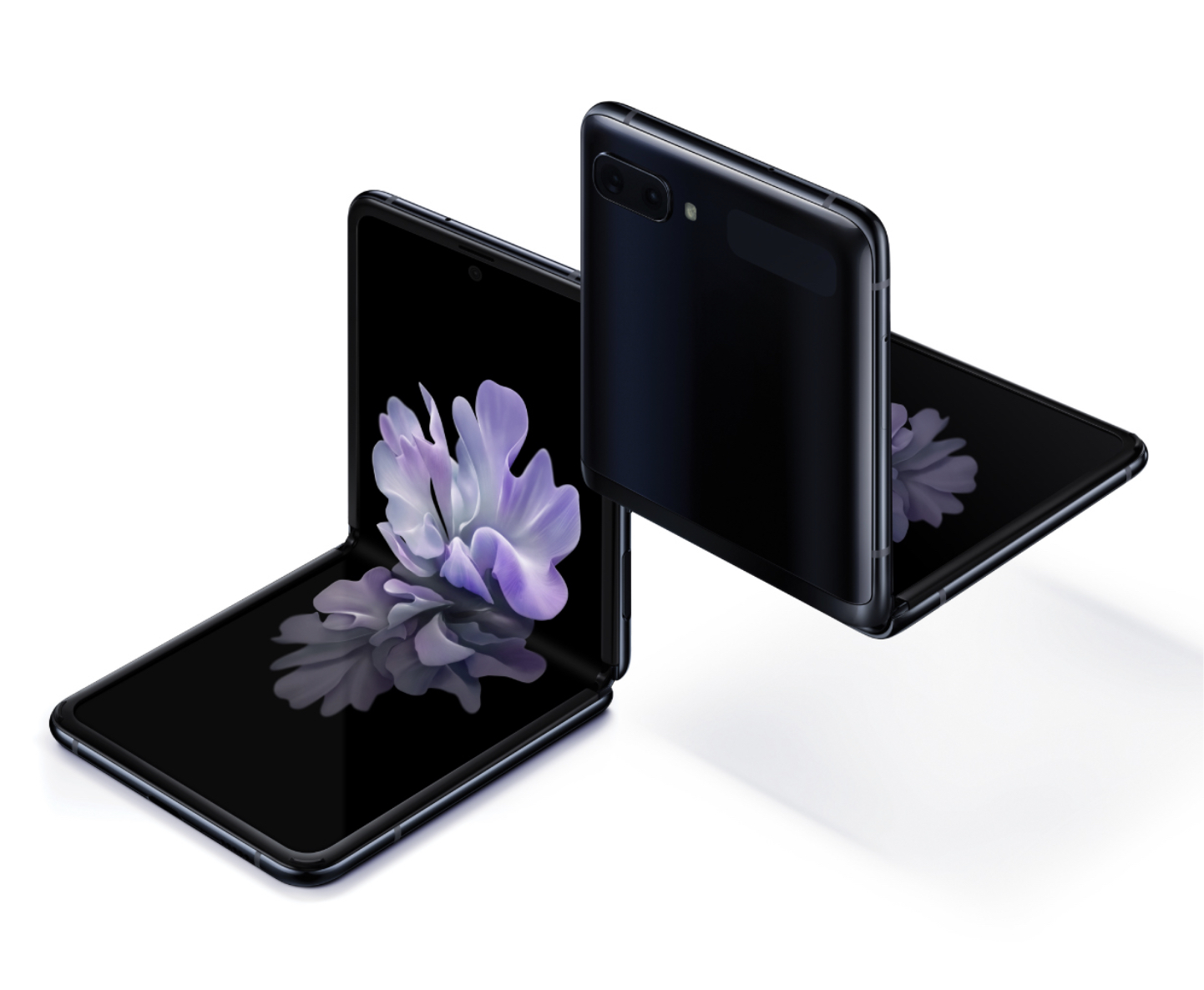At Old Billingsgate, London, Huawei unveiled its latest flagship smartphones – P8 and P8max (notice they’ve completely dropped the Ascend moniker). It’s a long time coming, with the Mate 7 phablet holding the fort since the last Ascend P7 flagship debuted a year back.
Displaying crafstmanship, elegance and minimalist design, the new flagships also pack numerous tricks under their sleeves.
The P Series has grown from strength to strength, debuting in 2012 with the P1. Fast forward to the P7, Huawwei showed the world that it had the capabilities to compete with the rest in terms of hardware, and match in terms of craftsmanship and design.
Global sales of the previous P6 totaled 5 million units in 60 countries while the P7 surpassed 4 million sales across 100 countries in just six months.
 The P8 attempts to push that even further. The aluminium alloy unibody is made from a nano-injection molding process that translates into an “industry-leading seamless tight junction” that connects a 1.5mm thin plastic bar with one of the industry’s largest screens (P8max). A triple-layer shark-gill design enhances durability and robustness of the device.
The P8 attempts to push that even further. The aluminium alloy unibody is made from a nano-injection molding process that translates into an “industry-leading seamless tight junction” that connects a 1.5mm thin plastic bar with one of the industry’s largest screens (P8max). A triple-layer shark-gill design enhances durability and robustness of the device.
On the back, it is constructed of steel for even more rigidity. The device comes with four colour options — silver, gold, black and grey. The P8 is incredibly slim at 6.4mm while the P8max tops out at 6.8mm.
Internally, both the P8 and P8max use the services of the new Kirin 930/935 64-bit octa-core chipset running at 2GHz mated to a Mali-T628 MP4 GPU, and packed with 3GB RAM. Huawei claims the new hardware delivers 80% more compute performance and 100% better 3D performance over the P7.
In terms of storage, the P8 gets 16GB for the standard edition, and 64GB for premium. The P8max gets 32GB for standard, and 64GB for the premium version. microSD expansion is available up to 128GB.
The P8 boasts a 5.2-inch Full HD IPS display (424PPI) while the P8max gets a whopping 6.8-inch Full HD IPS display (326PPI).
Huawei is touting the P8 and P8max’s battery life. The P8 is packed with a 2,600mAh capacity battery that is claimed to last 1.5 days on average usage, or 1 day of heavy usage. The P8max, on the other hand, packs a massive 4,360mAh battery that claims to push over 2 days of use or 1.4 days with heavy use.
Aside from the outstanding battery life, Huawei has several new tricks up its sleeve. Firstly, the camera experience. Huawei claims to have the world’s first four-colour 13MP camera in RGBW format. The RGBW sensor enhances brightness by up to 32% in high contrast lighting situations, and reduces it by 78% in low light environments.
Optical Image Stabilisaton (OIS) comes standard, enabling sharp photos and videos in all situations.
There’s also a DSLR-level Independent Image Signal Processor (ISP) by Altek, that reduces noise especially in low light, comes with scene recognition technology for high contrast and face detection and optimisation technology. You’ll also get four professional quality low-light shooting modes.
One of the modes is Light Painting mode which leverages on the P8’s manual camera shutter to capture broad swaths of light. Not exactly a killer or to-die-for feature, but something for the artistic.
The P8 also gets an industry-first low-light technology that has a light check and preview mode.
One interesting feature of the camera is related to video capture. The P8’s Director mode lets you direct and control up to three other Android phones when shooting a video scene from four angles simultaneously, and let’s you synchronise video clip editing. Sounds useful, but remains to be seen how good it functions in the real world.
Another trick is something called Knuckle Sense technology where you can use your knuckle to do certain functions (really? Knuckles now?). Double tap your knuckle on the screen to capture a screenshot of the entire screen. Or draw to crop a part of the screen. Perhaps we need a paradigm shift in.
With an optional E-ink screen on the back of the phone (hello, Yotaphone), the back cover can switch to a low-power eBook reader in seconds. The 4.3-inch E-ink screen can display schedules, weather and time.
The two devices also boast exceptional audio, claimed to be able to eliminate up to 90% of wind noise when using a headset or earphones with single mic. In loud environments, volume can be increase up to 58% above normal levels.
Network communications infrastructure is the bread and butter of Huawei, and with the P8 and P8max, you get stronger and seamless network connectivity through its Signal+ technology.
Using a dual-antenna antenna design and rapid switching technology, the smartphones gets continuous strong networking connection.
In terms of performance when roaming, Huawei claims the new phones can connect to roaming networks faster. Internal international roaming tests in 20 countries have revealed 3x performance over other phones.
Both are 4G LTE capable, with the P8 being a dual-SIM, dual-LTE device.
Both devices run Android 5.0 Lollipop with Huawei’s Emotion UI 3.1 on top.
Pricing and availability
The Huawei P8 standard edition will retail for 499euros (RM1,957) and premium version for 599euros (RM2,350). The Huawei P8max standard will retail at 549euros (RM2,953) and P8max premium at 649euros (RM2546).
The two devices will be available in more than 30 countries including China, Columbia, France, Germany, Mexico, Spain, South Africa, Turkey, UAE and the United Kingdom.
No word on Malaysian availability yet.










